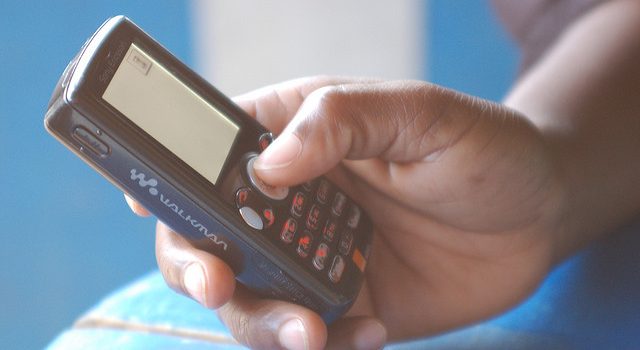By Patricia Mechael, Executive Director, mHealth Alliance
The earliest insight I gained while studying the use of mobile technology to support global health efforts is that a mobile phone is only as good as the people and services that it connects. While this insight dates back to my PhD research, completed in 2006, when the penetration rate of mobile phones in low- and middle-income countries was between 2-5%, it is more relevant today as the proliferation and capabilities of mobile phones continue to exceed expectations. This is well illustrated in Mbabzi et al’s recent paper “Innovations in communication technologies for measles supplemental immunization activities: lessons from Kenya measles vaccination campaign, November 2012”, a pragmatic example of how mobile phones can be integrated as a tool to canvass households and provide relevant real-time information to improve immunisation coverage in an urban setting with low coverage.
Mobile phones are not a panacea, but a powerful tool
These days, mobile phones seem to be an all-too-often proposed solution to critical health challenges, but as a colleague once said to me, “I have never seen a mobile phone deliver a baby.” Despite the hype surrounding mHealth, mobile phones are incredibly useful when they are used effectively to do what they do best – connect people and transfer information. In the case of Mbabzi’s study, smart phones were used by trained Red Cross volunteers to address a number of key challenges in a targeted and systematic way, with the goal of immunising as many children as possible.
First, phones were used to brief parents on the campaign and help convince them to immunise their children by dispelling widely ascribed myths during house-to-house visits, in a densely populated urban setting. Second, the volunteers used the phones to capture information on all children within the target age range to be covered by the campaign, setting a denominator. Third, this information was used in real-time to plan for the delivery of immunisation services during the campaign. Fourth, while the campaign was underway, data were captured and used for micro-planning and course correction. Finally, mobile phones were used for follow-up visits at the household level to validate and identify those with adverse side-effects or those still in need of immunisation.
In total, this process was completed in one week and resulted in significant increases in immunisation coverage due to the combination of targeted human engagement and support by mobile technology. It also relied on the personal devices of the volunteers (Android smart phones), eliminating the need to procure and distribute phones – an issue hotly debated among implementers of mHealth. The program also demonstrates the need for and powers of collaboration between a broad range of stakeholders. In this case, leadership was provided by the Kenya Red Cross, supported by DataDyne (software developer of EpiSurveyor), Safaricom (local mobile network operator), UNICEF (International Agency), the Bill & Melinda Gates Foundation (donor), and most importantly the Ministry of Health of Kenya.
Scale up versus coverage
The current buzz in mHealth is how to move from pilots to scale, but I believe a better approach would be to focus on coverage based on geography and target populations. The spread of mobile technology did not come about through a linear process of adoption, but through a network effect that created exponential growth. Similarly, with the enhanced ability to register and track individuals and act in real short bursts of time, we have an opportunity to set and reach targets in global health in unprecedented ways. Through such approaches we are more able to effectively and efficiently assess and measure the targets (denominators) and systematically provide the services needed in a direct, data-informed, and more personalised fashion – tracking coverage and course correcting as we go along.











